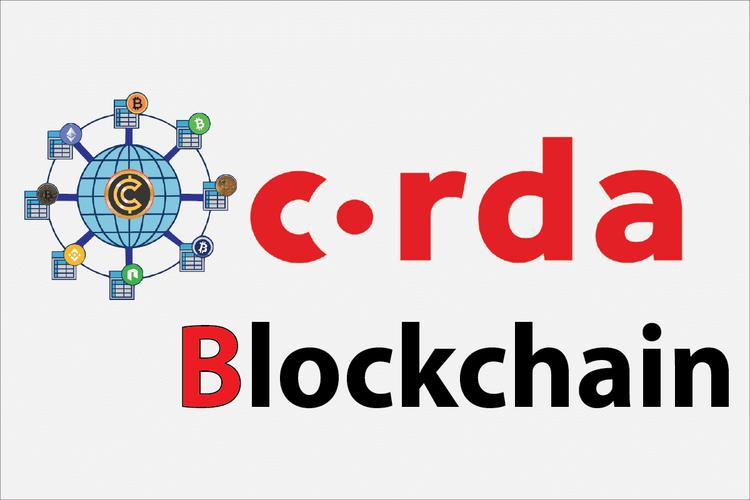Designing Your Own Blockchain: A Comprehensive Guide
Blockchain technology has become a cornerstone of innovation across various industries, offering decentralized, transparent, and secure solutions for numerous applications. One common query is whether it's possible to design your own blockchain. Let's delve into this topic to understand the feasibility, challenges, and steps involved.
Understanding Blockchain Design
Blockchain, at its core, is a decentralized ledger technology comprised of blocks linked together cryptographically. Each block contains a set of transactions, and once added to the chain, it becomes immutable, creating a transparent and tamperproof record.
Designing a blockchain involves creating a protocol that governs how the network operates, including consensus mechanisms, data structure, and validation rules. While the concept is complex, building a basic blockchain is feasible with the right knowledge and tools.
Feasibility and Challenges
Feasibility:
Technical Knowledge:
Designing a blockchain requires proficiency in data structures, cryptography, and networking protocols.
Resources:
Access to development tools, programming languages, and frameworks is essential.
Understanding of Blockchain Principles:
grasp the underlying principles of blockchain, such as decentralization, consensus, and cryptographic security.Challenges:
Security:
Ensuring the robustness of the system against attacks like 51% attacks, doublespending, and Sybil attacks.
Scalability:
Designing for scalability to accommodate a growing number of transactions without compromising performance.
Consensus Mechanism:
Choosing an appropriate consensus algorithm (e.g., Proof of Work, Proof of Stake) that aligns with the network's goals.
Network Stability:
Maintaining network stability and avoiding forks or consensus disruptions.
Regulatory Compliance:
Navigating legal and regulatory considerations, especially if the blockchain involves financial transactions or sensitive data.Steps to Design Your Own Blockchain
1. Define the Purpose:
Determine the specific use case and objectives of the blockchain, whether it's for cryptocurrency, supply chain management, voting systems, or other applications.
2. Choose the Consensus Mechanism:
Select a consensus algorithm based on the network's requirements for security, scalability, and decentralization.
Common options include Proof of Work (PoW), Proof of Stake (PoS), Delegated Proof of Stake (DPoS), and Practical Byzantine Fault Tolerance (PBFT).
3. Design the Data Structure:
Define the structure of blocks and transactions, including the format of data stored within each block.
Consider factors like block size, transaction format, and metadata requirements.
4. Implement Cryptographic Security:
Utilize cryptographic techniques for secure data transmission, hash functions for block validation, and digital signatures for transaction authentication.
Ensure robust encryption protocols to safeguard sensitive information.
5. Develop Network Protocol:
Design the network protocol for peertopeer communication, node discovery, and data synchronization.
Implement mechanisms for handling network partitions, latency, and node failures.
6. Build the Consensus Mechanism:
Implement the chosen consensus algorithm, incorporating mechanisms for block creation, validation, and chain selection.
Test the consensus mechanism under various conditions to ensure reliability and resilience.
7. Create User Interface and APIs:
Develop userfriendly interfaces for interacting with the blockchain, including wallets, explorer tools, and smart contract interfaces.
Provide APIs for seamless integration with external applications and services.
8. Test and Iterate:
Conduct comprehensive testing, including unit tests, integration tests, and stress tests, to identify and address potential vulnerabilities and performance bottlenecks.
Iterate on the design based on testing results and feedback from stakeholders.
9. Deploy and Maintain:
Deploy the blockchain network on appropriate infrastructure, such as cloud servers or dedicated nodes.
Establish monitoring tools and procedures for ongoing maintenance, including software updates, security patches, and performance optimization.
Conclusion
Designing your own blockchain is a challenging yet rewarding endeavor that requires a deep understanding of blockchain principles, cryptography, and networking. By following a structured approach and addressing key considerations such as security, scalability, and consensus, you can create a robust and functional blockchain tailored to your specific requirements. However, it's essential to stay informed about the evolving landscape of blockchain technology and be prepared to adapt your design accordingly to meet future challenges and opportunities.
标签: 区块链应用的英文 区块链可以自由篡改吗 区块链如何设计 区块链可以自己设计吗英文怎么说 可以写区块链

